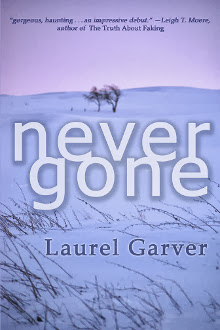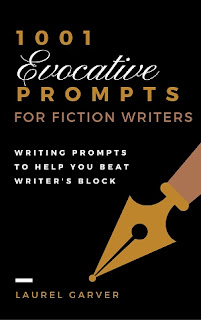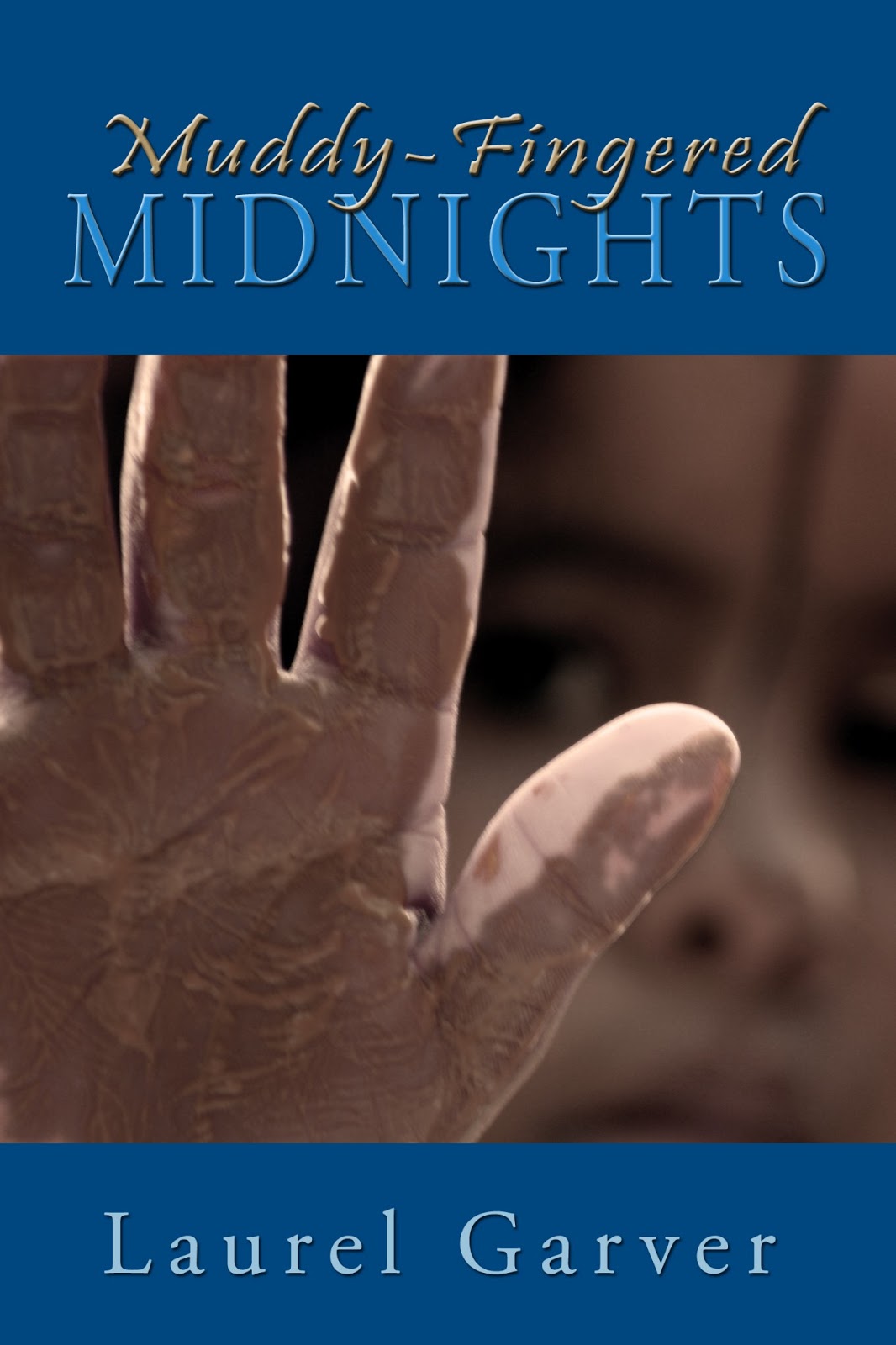What's so special about this dusty Nazarene from centuries ago? Poet Denise Levertov (1923-1997) asks just that, and unpacks what's astonishingly hopeful about his agonizing death.
On a Theme from Julian’s Chapter XX
by Denise Levertov
Six hours outstretched in the sun, yes,
hot wood, the nails, blood trickling
into the eyes, yes —
but the thieves on their neighbor crosses
survived till after the soldiers
had come to fracture their legs, or longer.
Why single out the agony? What's
a mere six hours?
Torture then, torture now,
the same, the pain's the same,
immemorial branding iron,
electric prod.
Hasn’t a child
dazed in the hospital ward they reserve
for the most abused, known worse?
The air we're breathing,
these very clouds, ephemeral billows
languid upon the sky's
moody ocean, we share
with women and men who've held out
days and weeks on the rack —
and in the ancient dust of the world
what particles
of the long tormented,
what ashes.
But Julian's lucid spirit leapt
to the difference:
perceived why no awe could measure
that brief day's endless length,
why among all the tortured
One only is "King of Grief."
The oneing, she saw, the oneing
with the Godhead opened him utterly
to the pain of all minds, all bodies
— sands of the sea, of the desert —
from first beginning
to last day. The great wonder is
that the human cells of His flesh and bone
didn't explode
when utmost imagination rose
in that flood of knowledge. Unique
in agony, Infinite strength, Incarnate,
empowered Him to endure
inside of history,
through those hours when he took to Himself
the sum total of anguish and drank
even the lees of that cup:
within the mesh of the web, Himself
woven within it, yet seeing it,
seeing it whole. Every sorrow and desolation
He saw, and sorrowed in kinship.
From Breathing the Water by Denise Levertov (New York: New Directions Press, 1987).
Wishing you a blessed Good Friday.
























